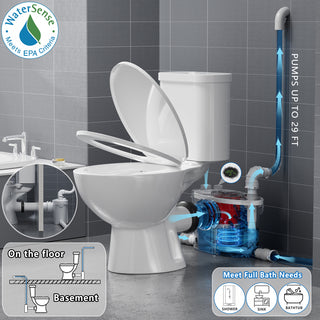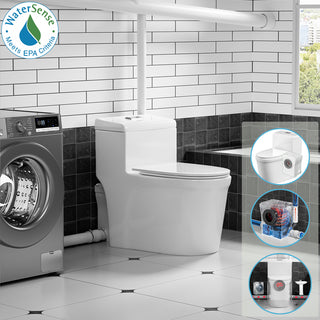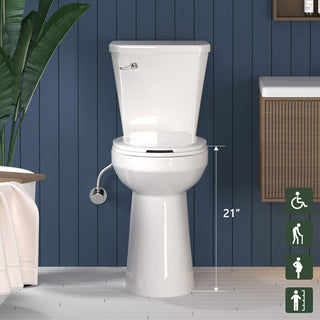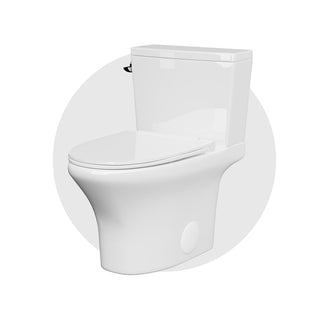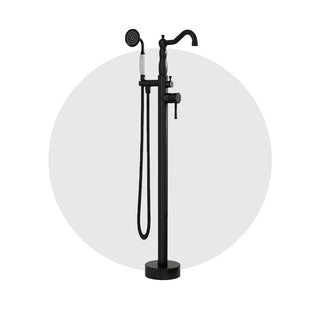Toilets can be classified based on their flushing mechanism into siphon toilets and direct flush toilets. The drain pipe of a siphon toilet is shaped like an obvious "S," while the drain pipe of a direct flush toilet is shaped like a clear "P." When comparing the two, siphon toilets generally offer better flushing power. However, siphon toilets can sometimes experience weak flushing.
In this article, we will explain how to identify weak flushing in siphon toilets and the corresponding solutions. This will help you easily diagnose and address the issue at home!
The following are some common signs of weak siphon flushing in toilets:
- The half-tank flush button doesn’t work properly after urination.
- The full-tank flush sometimes fails to clean properly after bowel movements with a single flush.
- When flushing, there’s no noticeable vortex (this applies to siphonic flush toilets with a vortex system).
- The loud sound that used to happen during the flushing process has become very faint.
There are several possible reasons for the above situation:
- Drainage pipe clogging
Issue:If your toilet suddenly experiences flushing issues after a bowel movement, and the problem persists thereafter, it's likely that the drain pipe is clogged. In addition to the usual items that can block the drain, things like long hair, if flushed down the toilet, can accumulate in the trap and cause poor flushing performance.
Solution: If the blockage isn't too severe, you can try flushing with a large bucket of water, which might clear it up.
For more stubborn clogs, you can use a plunger. To do this, place the rubber head of the plunger over the drain and pull up hard to create a vacuum, which should help clear the blockage.


- Loose base seal or misaligned mounting holes
Issue:If the toilet flushed smoothly when it was first installed and hasn't been moved or reinstalled since, then a poor seal at the base or misaligned holes are usually not the cause of weak siphonic flushing. This issue should only be considered if the toilet has been relocated or if it’s a newly installed toilet experiencing weak flushing.
Solution: Reposition the holes and seal them with sealant. It’s important to note that a poor seal usually won’t cause weak siphonic flushing, but it may lead to water leakage during flushing.

- Severe scaling in the toilet's S-shaped trap
Issue:If the flushing becomes weak or ineffective due to severe scaling in the S-shaped trap, and urination or direct drainage works fine while flushing after a bowel movement is weak, it is likely caused by heavy scaling in the S-shaped trap. One of the key factors that influence whether a toilet is prone to scaling is whether the glaze has been applied to the toilet’s internal pipes.
Solution: After clearing the blockage using drain cleaning methods, you can soak it in vinegar overnight, which should do the trick. It's important to note, however, that excessive cleaning should be avoided, as it may cause slight damage to the glaze.
 When dealing with weak siphonic flushing in toilets, it's important to first rule out common causes such as blockages, poor seals, or pipe issues.
When dealing with weak siphonic flushing in toilets, it's important to first rule out common causes such as blockages, poor seals, or pipe issues.
With the right unclogging methods and moderate cleaning, many of these problems can be effectively resolved. Remember, regular maintenance and keeping the toilet clean not only improve the flushing performance but also extend its lifespan.
If the issue persists or cannot be resolved on your own, it’s advisable to contact a professional for inspection and repair. We hope this blog provides useful insights and helps you tackle any siphonic flushing problems you may encounter.


